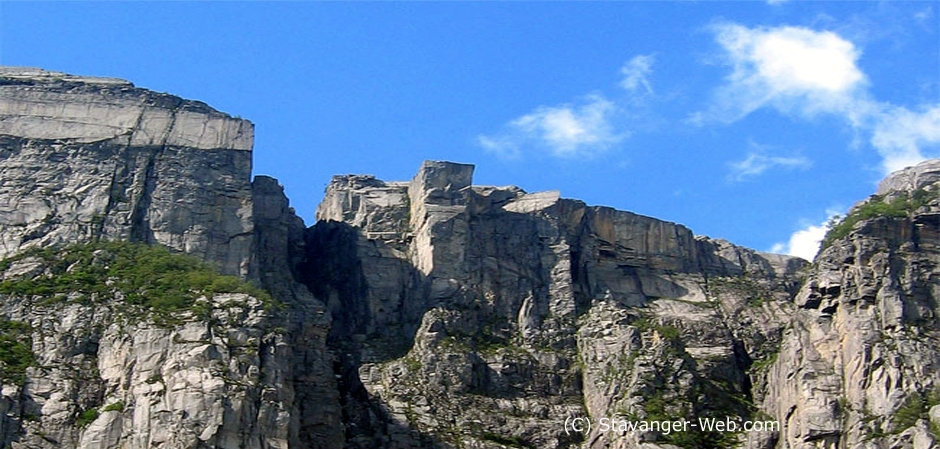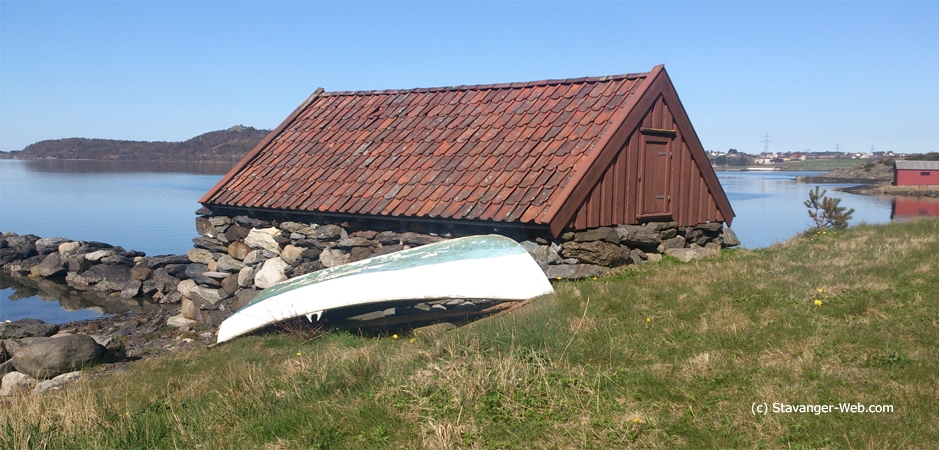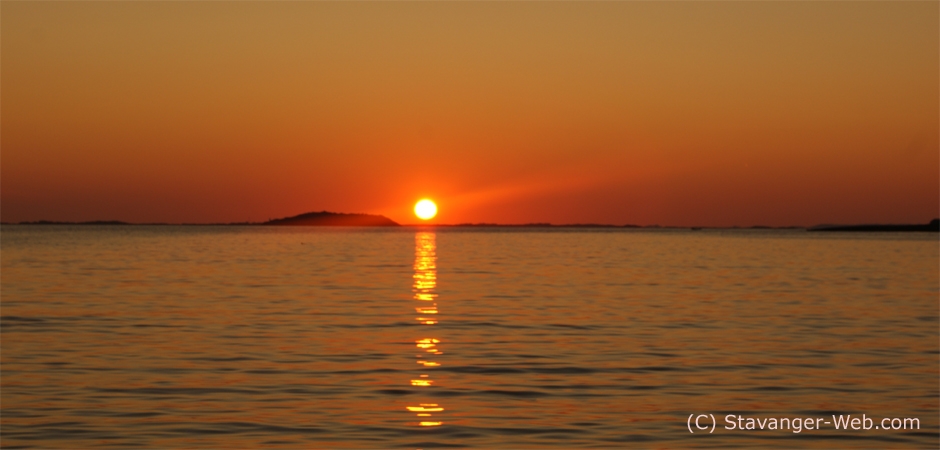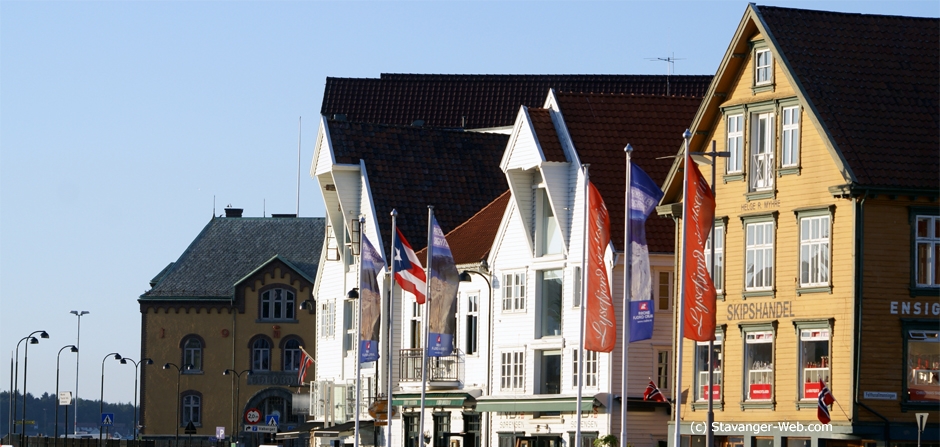Stavanger-Web on Instagram
Here are a few of our pictures on our Instagram account:


Follow us on Instagram
News & Weather
Mass media
Stavanger has two daily newspapers. Both are in Norwegian:
Stavanger hosts two TV-stations:
- The state based NRK Rogaland
- TV Vest
Climate
Stavanger is both blessed and cursed by the warmth of the Gulf Stream. Without the Gulf Stream, the climate here would be very, very cold. This phenomena provides both warmth, in the form of mild winters, and wet spells.
Rain
The average rainfall for the area is 46 inches (1 180 mm) per year. We experience rain or snow on about 220 out of the years 365 days. But don't let that scare you. We have an expression in Norway that says there isn't anything called bad weather, just as long as you have the right clothing!
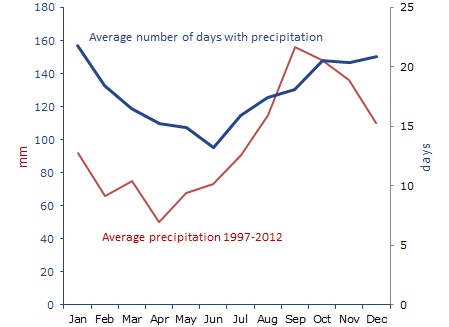
Temperatures
Temperatures are fairly stable, varying between 32 and 60 degrees Fahrenheit (0-15 degrees Celsius). Extremes do occur, however. Occassional sommer temperatures can vary from the low forties to the high eighties. The warmest months are usually July and August.

Spring comes early to Stavanger. April and May are often beautiful months with strong spring sun and dry spells. This fits well with the celebration of Norway's "Constitution Day" on the 17th of May. Easter Vacation, which usually falls in late March or April, is spent by many in the mountains - skiing. There is plenty of snow in the mountains and spring feeling near the coast.
The summer climate can vary from year to year, from being rather gray and wet to hot, sunny spells that last for weeks. Some of the nicest beaches in Norway can be found in the Stavanger area.
Autumn can often be windy and wet. But again this changes from year to year. Leftovers from tropical hurricanes often hit the west coast of Norway with winds up to hurricane force. In the latter years these storms have normally occured north of the Stavanger area.
Winters in Stavanger are not typical for what one would think of in Norway. They are usually mild and wet. The average temperature for January and February is usually just above freezing. Snow does occur however. The first snow might fall as early as November, but it seldom lasts long. As the low pressures come to the west coast of Norway, they bring with them mild winds from the southwest. When the low pressure areas have past, we often get Northerly winds with snow or sleet showers.
The statistics on this page have been gathered from "Stavanger-statistikken".
Other news sources
Are you looking for news from Norway in English? Try:
Local papers from the surrounding area in Norwegian:

